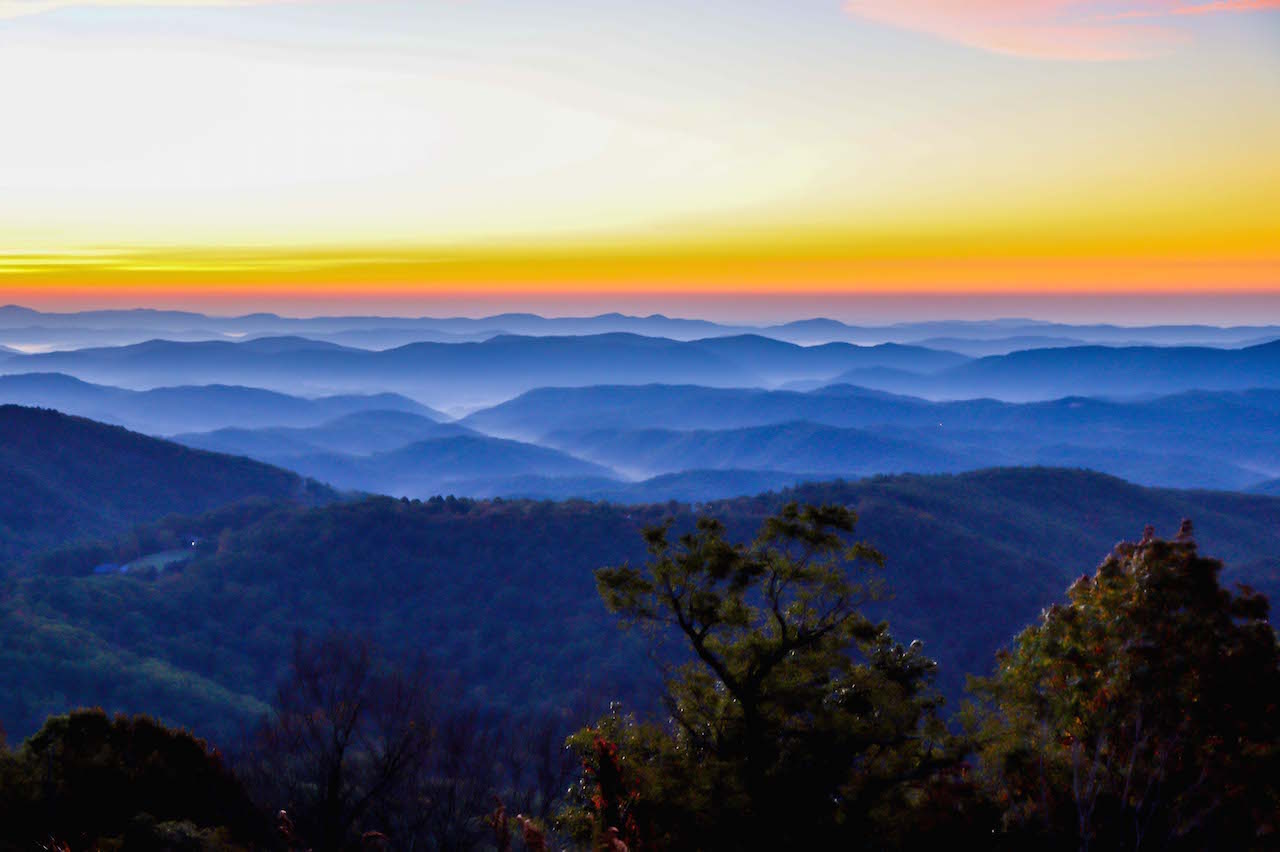Spain, with its rich tapestry of history and vibrant traditions, is a country that captivates the imagination. From its diverse cultural heritage to its quirky local customs, Spain offers a plethora of intriguing facts for those eager to delve deeper into its colorful traditions and surprising history. Here are some fun and fascinating aspects of Spain that showcase its unique identity.
The Enigma of the Spanish Language
Spanish is not merely a singular language; it is a polyglot family dynamic. While Castilian Spanish is predominant, regions such as Catalonia and the Basque Country boast their own official languages—Catalan and Basque, respectively. Moreover, Galician and Valencian contribute to the rich linguistic mosaic. Understanding these languages offers invaluable insights into regional identities and their historical contexts.
Fiesta Culture: Not Just a Party
Spain is renowned for its exuberant festivals that are often deeply rooted in religious traditions. The most spectacular of these is La Tomatina, held in Buñol, where participants engage in an epic tomato fight, symbolizing community spirit and joy. Each festival, whether the gripping Running of the Bulls in Pamplona or the vibrant Feria de Abril in Seville, reflects the local customs and historical narratives, drawing visitors from around the globe to immerse themselves in the revelry.
Culinary Delights: More Than Just Tapas
While tapas are a culinary staple in Spain, they are just a gateway into a world of gastronomic marvels. The country’s culinary traditions vary greatly by region. In the north, Basque cuisine is celebrated for its inventive pintxos (small snacks), while the south embraces rich flavors with dishes like paella and gazpacho. Unique local ingredients, such as saffron, olive oil, and seafood, elevate Spanish cuisine to a realm of gastronomic art that reflects the country’s rich agricultural diversity.
Historic Architectural Wonders
Spain is a treasure trove of architectural brilliance. The Alhambra in Granada stands as an extraordinary example of Moorish architecture, showcasing intricate designs and lush gardens. Antoni Gaudí’s Sagrada Família in Barcelona is another marvel that continues to evolve, merging Gothic and Art Nouveau styles in a breathtaking spectacle. These structures not only represent artistic achievements but also serve as historical chronicles reflecting the socio-political transformations of their eras.
A Land of Diverse Regions
Spain is a polyethnic country where regional identities are profound. From the towering peaks of the Pyrenees to the sun-kissed beaches of the Costa del Sol, geographical diversity contributes to cultural variances. Each autonomous community, such as Catalonia, Andalusia, and Galicia, maintains distinct traditions, folklore, and dialects, enriching the national landscape. The historical significance of these regions often translates into unique festivals, traditional music, and artisan crafts, fostering a sense of pride among their inhabitants.
The Renaissance of Spanish Art
Spain’s artistic legacy is nothing short of illustrious. The works of legendary painters such as Pablo Picasso and Salvador Dalí redefined modern art, while the Spanish Golden Age heralded masterpieces from Velázquez and Goya. Notably, the Museo del Prado in Madrid stands as one of the foremost art museums globally, showcasing an extensive collection of European art that narrates Spain’s cultural and historical evolution through the lens of artistry.
Sports: More Than Just Football
While football (soccer) undoubtedly reigns supreme in the hearts of Spaniards, the country boasts a rich sporting culture. From the electrifying atmosphere of a bullfight to traditional sports such as pelota in the Basque region, enthusiasts celebrate a multitude of athletic pursuits. Spain is also home to the internationally acclaimed tennis player Rafael Nadal, whose prowess has placed Spanish tennis on the global map, embodying the nation’s competitive spirit.
The Spanish Siesta: A Quintessential Tradition
One cannot discuss Spanish culture without mentioning the revered tradition of the siesta. This cherished afternoon nap, typically taken after lunch, is emblematic of the Spanish lifestyle, emphasizing the importance of work-life balance. While modern urbanization has challenged this practice, remnants of siesta culture persist, especially in smaller towns where daily rhythms remain intertwined with tradition, allowing for rejuvenation amidst life’s bustle.
Galician Bagpipes and Flamenco: A Musical Heritage
Spain’s musical heritage is incredibly diverse, encompassing a rich tapestry of indigenous sounds and rhythms. The Galician bagpipe, known as the gaita, boasts a storied history, often played during festivals and celebrations in the northwest region. Contrastingly, flamenco from Andalusia encapsulates a passionate blend of singing, guitar playing, and dance, reflecting the emotional depth of the Spanish spirit. These musical forms are not merely entertainment but are deeply embedded in the cultural identity of their respective regions.
The Influence of the Moors
The Moorish occupation of Spain from the 8th to the 15th century heralded significant architectural, scientific, and cultural advancements. This era saw the establishment of universities and the introduction of sophisticated agricultural techniques, as well as the flourishing of art and architecture. The legacy of the Moors remains visible in Spain’s architectural styles, gardens, and even in culinary practices that melded regional and Moorish influences.
Spain’s Historical Regions and Empires
The history of Spain is characterized by a multitude of influences, ranging from the Phoenicians and Romans to the Visigoths and Moors. During the Age of Exploration, Spain emerged as a seafaring empire, establishing colonies in the Americas and beyond. The ramifications of this period are evident today, as Spanish is one of the most spoken languages globally, reflecting the extensive cultural and linguistic diffusion initiated during this epoch.
In conclusion, exploring Spain is akin to embarking on a journey through time—a time rich with colorful traditions, intricate customs, and a history shaped by myriad influences. Each aspect of its culture—from culinary delights and vibrant festivals to architectural wonders and musical riches—encapsulates the essence of a nation that continues to evolve while holding steadfastly to its roots. The allure of Spain lies in its ability to harmoniously blend the past with the present, making it an everlasting source of fascination for travelers and scholars alike.






